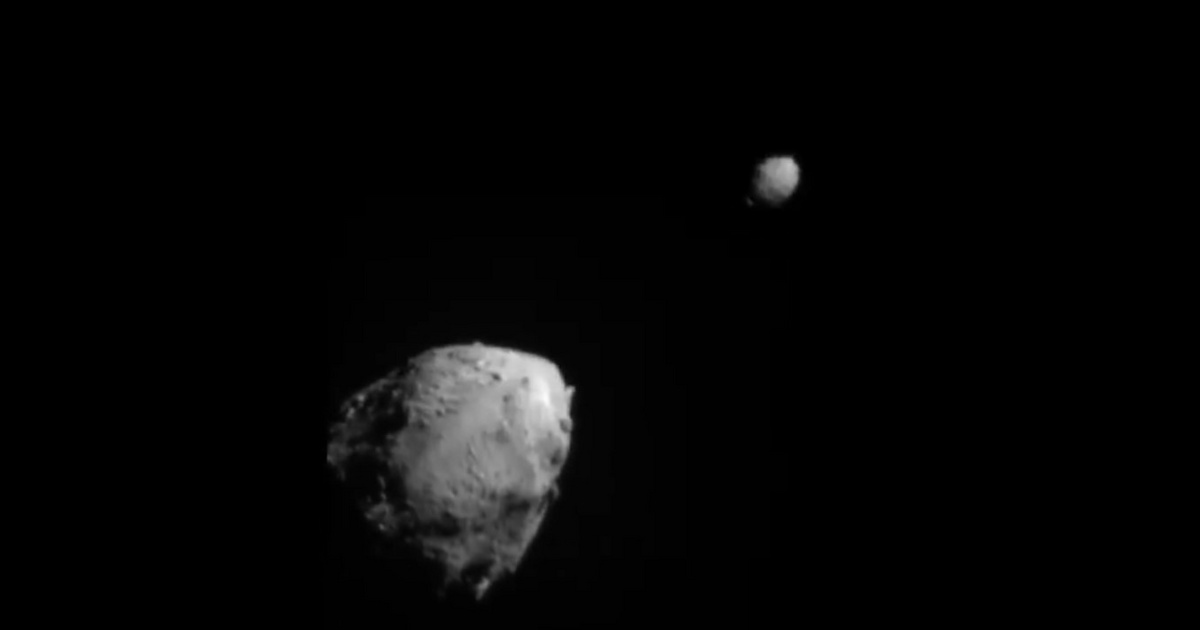We wrote about the mission in detail in this article, and NASA also released a video of the collision. Scientists and observers have been monitoring the celestial body ever since.
the BBC He now writes that a California high school teacher, Jonathan Swift, and his students observed the asteroid using a school telescope
He started moving in a strange and unexpected way after the darts mission.
According to their claim, after more than a month of the mission, they noticed that the orbital speed of the asteroid had slowed down even more (Demorphos orbits another asteroid, Didymos). This sighting was reported in detail at an American Astronomical Society conference.
Futurism.com according to They talked about how, based on NASA data, Dimorphos completed its orbit 32 minutes slower immediately after impact (11 hours and 23 minutes instead of 11 hours and 55 minutes). The teacher and his students expected that after a period of impact, Dimorphos would return to its normal orbital speed, but this did not happen, in fact its speed slowed down even more: after more than a month, it reached its orbit 34 minutes slower.
The BBC also noted that NASA would likely take all of this into account if it launched a similar mission in the future. However, it is unlikely that the professors and students would have noticed something that NASA did not know about, because the US space agency On his website Already in the spring of this year, a material was published in which a study on the deceleration of the rotation speed of dimorphos was examined.
Search – which nature The journal – led by Andrew Cheng, a scientist at Johns Hopkins University’s Applied Physics Institute (APL) – found that the asteroid’s orbital speed decreased by about 2.7 millimeters per second as a result of the DART mission. The scientists who conducted the research came to the conclusion that this also proves that a direct impact could be an effective defense against an asteroid heading towards Earth in the future.
A NASA spokesman said new world The portal also announced that it will soon publish a report on the latest developments of the DART mission.












































